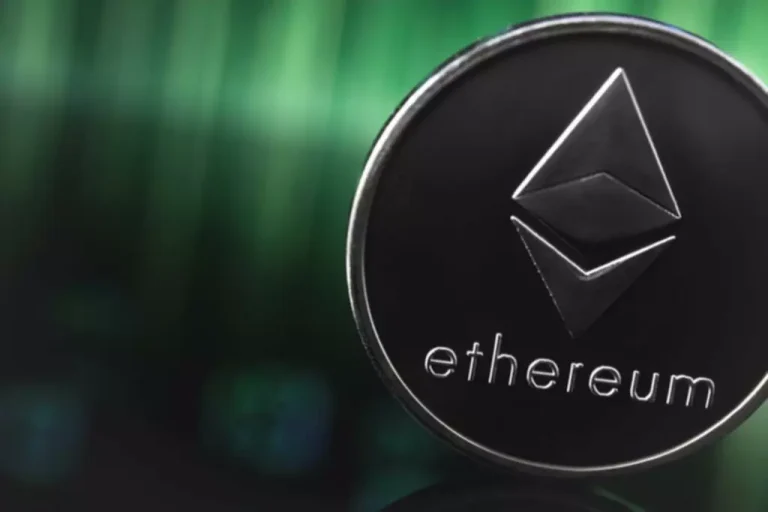Content
Alpha.Alpha is an https://www.xcritical.com/ experiment brought to you by Public Holdings, Inc. (“Public”). Alpha is an AI research tool powered by GPT-4, a generative large language model. Alpha is experimental technology and may give inaccurate or inappropriate responses.
It might be as low as a few pennies per trade, but that can add up quickly to millions of dollars a year for brokers routing thousands of trades a day. PFOF is a hot topic because, in theory at least, brokers should be trying to execute your orders at the best prices they can get you instead of routing them to the pfof meaning market center that might pay the most. Payment for order flow (PFOF) is compensation received by a broker in exchange for routing customer orders to a market maker.
In that instance, the customer is harmed because they’re not actually getting the best available price. Additional information about your broker can be found by clicking here. Public Investing is a wholly-owned subsidiary of Public Holdings, Inc. (“Public Holdings”). This is not an offer, solicitation of an offer, or advice to buy or sell securities or open a brokerage account in any jurisdiction where Public Investing is not registered.
To compete, many offer no-commission equity (stock and exchange-traded fund) orders. Nevertheless, brokers have a strong incentive to encourage more options trading, especially in a zero-commission trading environment. According to a 2022 study, which is in line with similar reporting and studies, about 65% of the total PFOF received by brokers in the period studied came from options. Just 5% of revenue was from S&P 500 stocks, with the other 30% being non-S&P 500 equities. Another important consideration for traders is the quality of trade execution.


Understanding the intricacies of Payment for Order Flow is just one aspect of becoming a savvy trader. At TIOmarkets, we’re committed to providing you with a transparent and fair trading environment. Enhance your trading skills with our comprehensive educational resources and step-by-step guides.
The fractions of a penny given for each share in PFOF may seem small, but it’s big business for brokerage firms because those fractions add up, especially if you’re making riskier trades, which pay more. However, the practice has also raised concerns over market transparency and fairness. Critics argue that PFOF can lead to information leakage, where market makers gain access to order flow information before the rest of the market. This could potentially lead to price manipulation and unfair trading practices.
For a detailed, streaming real-time view of what the current bid and ask is for any stock, traders use Level 2 quotes. Because retail order flow is seen as the bread and butter of the market maker’s operation, it’s in the market maker’s best interest to attract that order flow. Hence the compensation or “payment” they may offer to brokers for that order flow.
Going back to the world of retail trading, PFOF works in a similar way. Payment for order flow is compensation received by a brokerage firm for routing retail buy and sell orders to a specific market maker, who takes the other side of the order. (In other words, market makers become the seller to your buy order or buyer to your sell order). The broker receives the order and routes it to a market maker, who offers to sell it at $99.00 but first buys it for $98.90 and keeps the $0.10 difference. It might not seem like a lot, but market makers execute many trades a day, so those cents add up.
The process of PFOF was founded by Bernie Madoff of Ponzi scheme infamy, but his profit-incentivized method had nothing to do with his investment scandal. Regulators are now scrutinizing PFOF—the SEC is reviewing a new major proposal to revise the practice, and the EU is phasing it out by 2026—as critics point to the conflict of interest that such payments could cause.
Hence, they pay brokers for orders because they mean a steady stream of trades, which can be crucial for having enough securities to act as market makers and for profitability. Many brokers stopped charging investors many of the old trading commissions in the mid-2010s, and payment for order flow (PFOF) is the oft-cited reason. PFOF also could again be the primary driver for why options trading has exploded among retail investors since before the pandemic. When choosing a broker, traders should consider the broker’s PFOF practices and how they may impact the cost and quality of trading. Traders should also be aware of their rights and responsibilities, including the right to ask their broker about their PFOF practices and the responsibility to monitor their trade execution quality.
But with multiple trading venues and when trades are matched within milliseconds, it’s not easy to prove (or disprove). All investments involve the risk of loss and the past performance of a security or a financial product does not guarantee future results or returns. You should consult your legal, tax, or financial advisors before making any financial decisions.
It noted the EU’s legislative process has only taken “timid steps” towards greater transparency and data consolidation, but added it was positive a more robust framework could still be implemented. Last November, the European Fund and Asset Management Association (EFAMA), UCITS ETFs could see up to a $1trn windfall from a real-time consolidated tape for equities and ETFs. ESMA confirmed it will select a single venue to operate the consolidated tape for each asset class for a period of five years. Upstream is working to usher in a fairer, more transparent trading future. If you are a trader that uses a PFOF broker in the US or Europe, or you are just curious about the topic in general, then read on. Despite widespread belief that payment for order flow is banned in Canada, PiggyBank’s research reveals a more nuanced reality.
For more information read the Characteristics and Risks of Standardized Options, also known as the options disclosure document (ODD). Alternatively, please contact IB Customer Service to receive a copy of the ODD. Before trading, clients must read the relevant risk disclosure statements on our Warnings and Disclosures page. Trading on margin is only for experienced investors with high risk tolerance. For additional information about rates on margin loans, please see Margin Loan Rates.
A person selling at that same moment would expect a price of $101.02 or better. The above content provided and paid for by Public and is for general informational purposes only. It is not intended to constitute investment advice or any other kind of professional advice and should not be relied upon as such. Before taking action based on any such information, we encourage you to consult with the appropriate professionals.
To fully understand PFOF, you need to understand how the bid-ask spread works. This is a bracket, which represents the highest prices buyers are willing to pay, the bid, and the lowest prices sellers are willing to sell, known as the ask price. The practice is perfectly legal if both parties to a PFOF transaction execute the best possible trade for the client. Legally, this means providing a price no worse than the National Best Bid and Offer (NBBO).